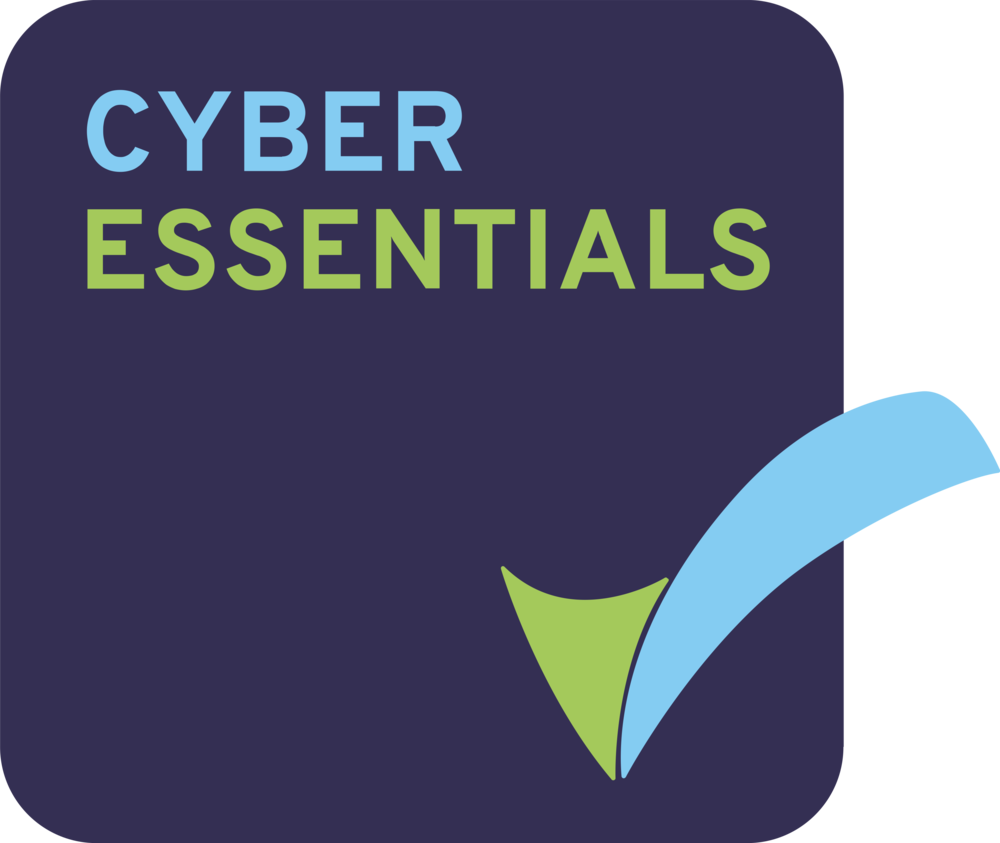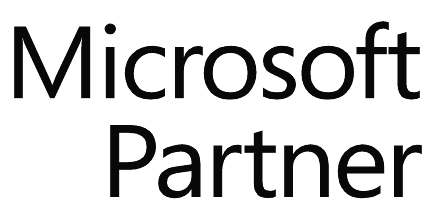Cloud versus on premise. That familiar on-going battle. As a contact centre professional, which one do you choose, particularly when scoping out your requirements for a Workforce Management solution?
In a nutshell, there a number of benefits a cloud workforce management solution can deliver in comparison to an on premise. On the other hand, an on-premise solution is more suitable for those complex and tricky installations, allowing you to customise as you see fit. Both deployments come equipped with their pros and cons. Here we highlight the main benefits of cloud technology for you to consider:
1. Less hardware, less hassle – On-Premise versus Cloud Workforce Management
With an on-premise solution, the installation and configuration can take up to several months to complete. With a cloud workforce management solution, installation and configuration is typically faster to deploy, requiring only the creation of a new customer account, the loading of data and also the configuration of the system which can all be done in a just a few days or weeks rather than months.
2. Scalability – On-Premise versus Cloud Workforce Management
Contact centre size and demand is easily susceptible to change over time. However, altering an on-premise solution to meet the new demands of the centre can sometimes be costly and challenging. A cloud WFM solution can offer high scalability in these situations, scaling up or down on the number of users instantly. With maximum scalability of data-intensive scheduling scenarios, users are able to efficiently maximise their investment on their workforce management solution, whilst also enjoying the benefits the technology reaps.
3. Cost-models – On-Premise versus Cloud WFM
Many on-premise implementations are often hindered by significant upfront costs. These costs include the procurement of hardware and software, installation, configuration and implementation as well as ad-hoc costs, all of which can add up quickly. With a cloud Workforce Management solution, there is no upfront investment for hardware or software. The solution can be offered through a monthly subscription user fee which usually includes training, support, maintenance as well as upgrades and new releases for features.
4. The ‘hidden’ costs – On-Premise versus Cloud WFM
Any implementation conducted in-house will over time, generate operating costs which can all slowly add up. The costs associated with running your own server include maintenance of the equipment, backups, upgrades and also hardware replacement. These costs are easily unaccounted for, and can add up beyond the set budget amount, often known as the ‘hidden’ costs for on-premise equipment. With a cloud workforce management (WFM) solution, you are able to leave the hardware/software headaches (and unexpected costs!) to the experts, allowing your organisation to focus more on delivering a good customer experience and a healthy ROI.
If you want to find out more about whether cloud or on premise will be the best fit for your organisation, talk to our team of experts who will be able to advise.






